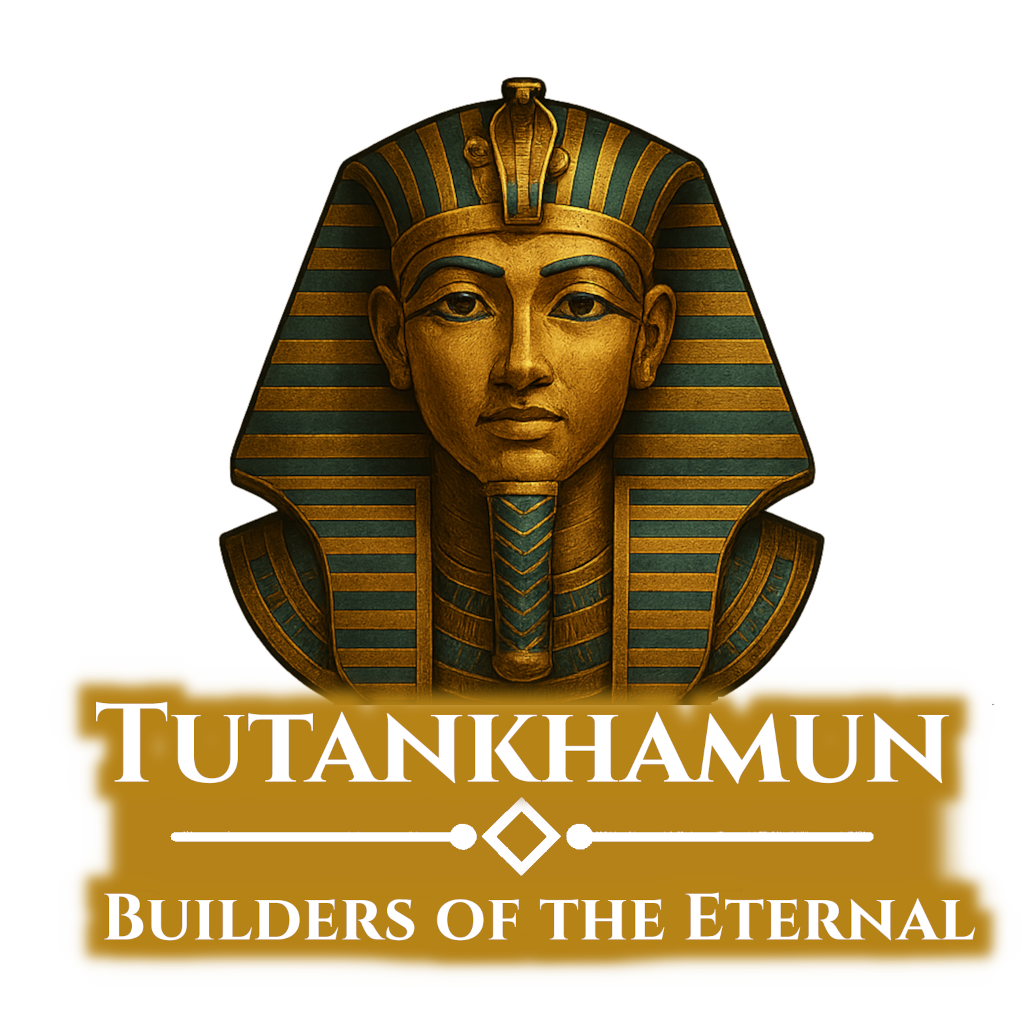Core Systems Update: Progress on Crest5 river integration, new Time Management architecture, and the first scenario NAQADA: Birth of the Nile.

Bura Chuhadar

Core Systems Update
Overview
This week's development focus has been squarely on three foundational pillars that will shape early gameplay and long-term systemic depth:
- Crest5-driven river & Nile water system groundwork
- Game speed implementations
- Our first level's name: NAQADA – Birth of the Nile
Below is a deep dive into where we are, why the work matters, and what comes next.
Crest5 River System Integration
Goals
Build a believable Nile-inspired hydrological layer that supports seasonal variance (flood & recession), gameplay mechanics (fertility, transport, risk), and visual immersion while remaining performant alongside dense instanced city content.
Current Progress
- Initial evaluation of Crest5 (Crest Water v5) features for inland river simulation vs. open body usage
- Prototype spline / shape authoring path for carving river channels across the terrain height data
- Early shader/material tuning: sediment coloration gradients, softer specular vs. open sea, foam localization along dynamic banks
- Performance sampling with simulation parameters at target camera distances
- Draft interface point between future Flood Cycle system and Crest water level parameters
Technical Approach (First Iteration)
- Author river geometry using splines -> generate flow-aligned mesh strips or mask textures
- Apply Crest water surface with tuned underwater scattering color to imply silty Nile water
- Bank blending: planned deferred pass or terrain material splat alpha expansion to eliminate hard seams
- Flow direction encoding for future floating debris / barge pathing cues
Challenges & Considerations
- Maintaining stable simulation cost while camera rotates frequently (isometric multi-angle views)
- Synchronizing water height offsets with seasonal cycle without popping (lerp with curve smoothing)
- Edge case: shallow delta branches causing tile walkability ambiguity
Next Steps
- Implement shoreline blend prototype
- Add debug overlay for per-segment flow rate
- Begin integration test with placeholder flood height curve
- Investigate wetness / fertility propagation map export each season transition
Time Management Architecture
Design Pillars
- Deterministic progression for simulation reproducibility
- Event-driven hooks to avoid per-frame polling by subsystems
- Scalable granularity: fast internal ticks aggregated up to minutes, hours, days, seasons, years
Current Implementation Highlights
- Core tick accumulator decoupled from frame delta (supports time scaling)
- Calendar abstraction layer: configurable season count & naming (proto-dynastic thematic flavor)
First Scenario: NAQADA – Birth of the Nile
Vision
This is the first level where you will be understanding game mechanics.
Draft Objectives (Subject to Iteration)
- Reach population milestone N (placeholder value)
- Construct first market, prefecture and architecture building
- Establish contiguous road network linking housing cluster and storage
Progression & Teaching Beats
- Basic placement & movement (camera + roads)
- Housing adjacency & villager emergence
- Food production vs. soil fertility indicator introduction
- Time acceleration & preparing for approaching flood (warning event)
- Post-flood reclamation and expansion choice
Next Steps
- Money management, water management and fire mangement.
Here is some demo:
Summary & Outlook
Thank you for reading this week's devblog! More to come on upcoming weeks.

